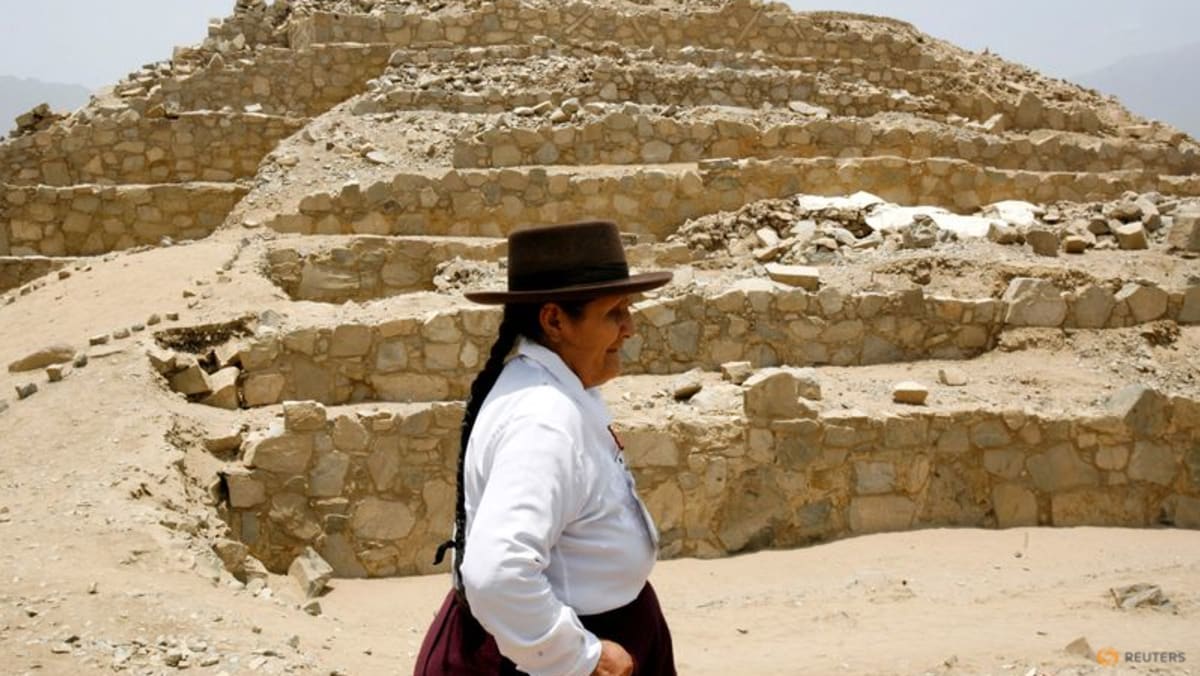LIMA :A small sculpture of two toads, and other water-linked symbols found near the Peruvian city of Caral – once the oldest city on the continent – have helped archaeologists confirm that an ancient civilization disappeared due to devastating climate change.
Climate change, a long-term and large-scale shift in weather patterns, can have natural causes such as changes in solar activity or volcanic eruptions. Since the early 1800s, human activities have been its main drivers.
Archaeologists said they found the small sculpture of the two amphibians, dating back 3,800 years, as well as anthropomorphic figures on mud walls earlier this year in the Vichama archeological site, about 160 kilometers north of the capital Lima.
The site flourished between 1800 and 1500 B.C. and was an urban center whose population developed after the collapse of the ancient city of Caral.
The sculpture representing the toads symbolizes fertility, and the worship of water and rain after prolonged droughts, according to the Andean representation of the world, according to archeologist Tatiana Abad, head of research at Vichama.
Abad adds that along with the 12-centimeter (4.7-inch) sculpture of the two amphibians, figures of skeletal remains of individuals in a state of malnutrition were found on the walls of Vichama.
Abad said the figures look like they are in a state of malnutrition because of climate change, a global phenomenon that caused the decline not only of Caral, but of other civilizations in other parts of the world.
The toad is a symbol of a crisis that these populations endured and it represents fertility and prosperity, Abad said.
Caral, a city made up of 32 monumental buildings dating back around 5,000 years, is contemporary with other civilizations such as those of Egypt and Sumer. However, it uniquely developed in complete isolation, according to researchers.
Peru is a cradle of ancient cultures and it has important archaeological remains such as the Inca ruins of Machu Picchu and the mysterious giant lines and figures of Nazca, located in a desert area on the central coast of the country.
